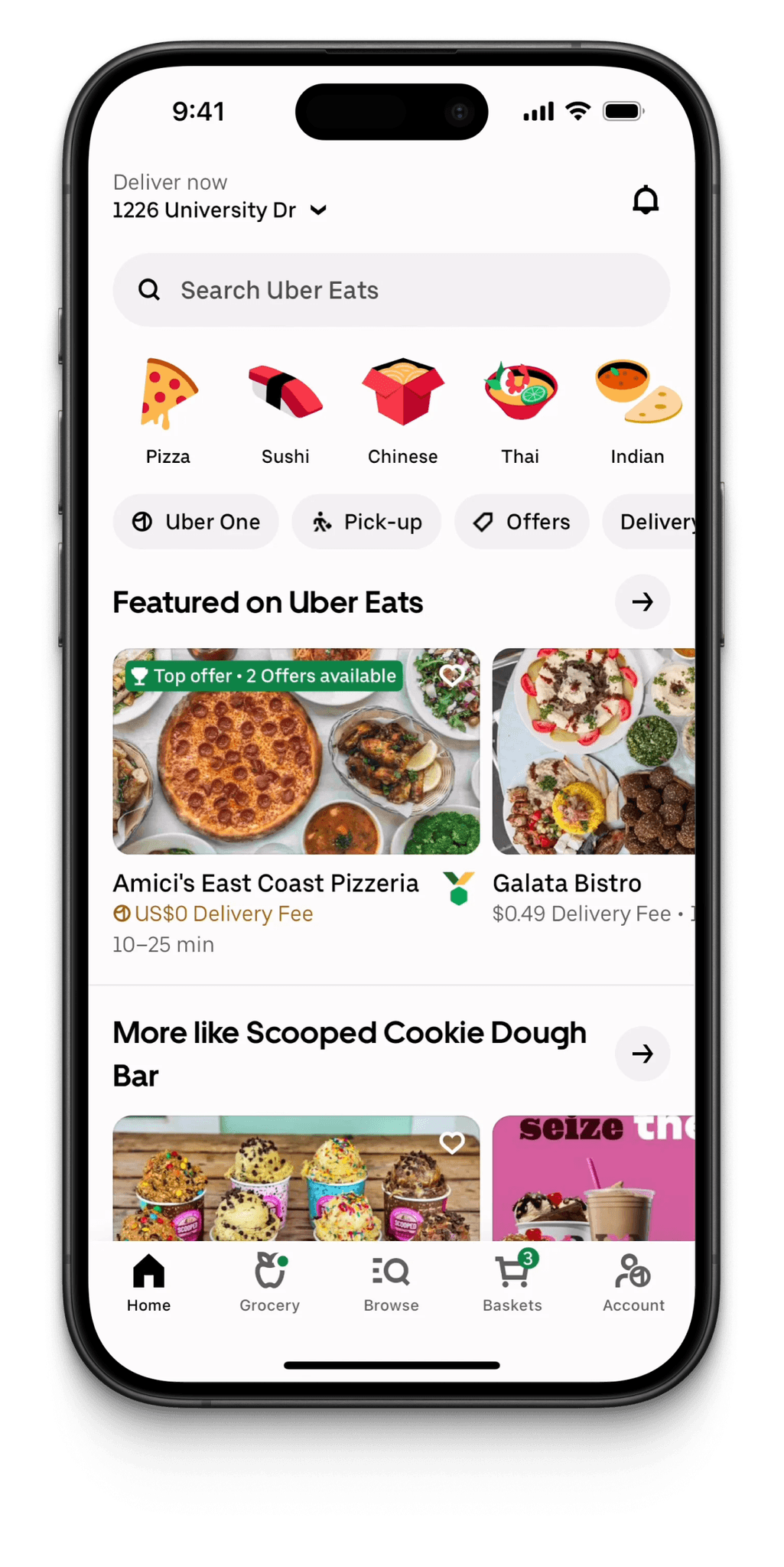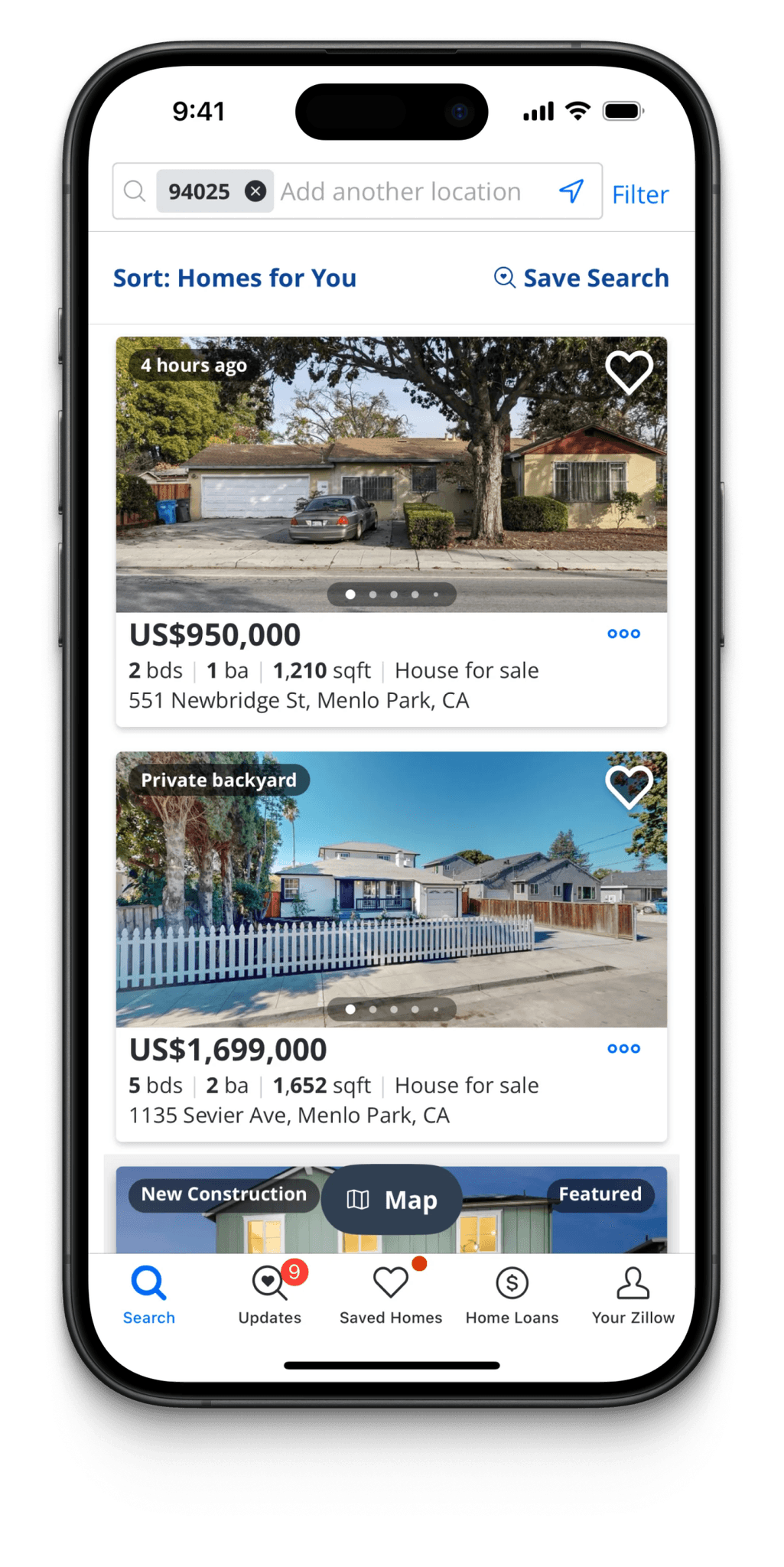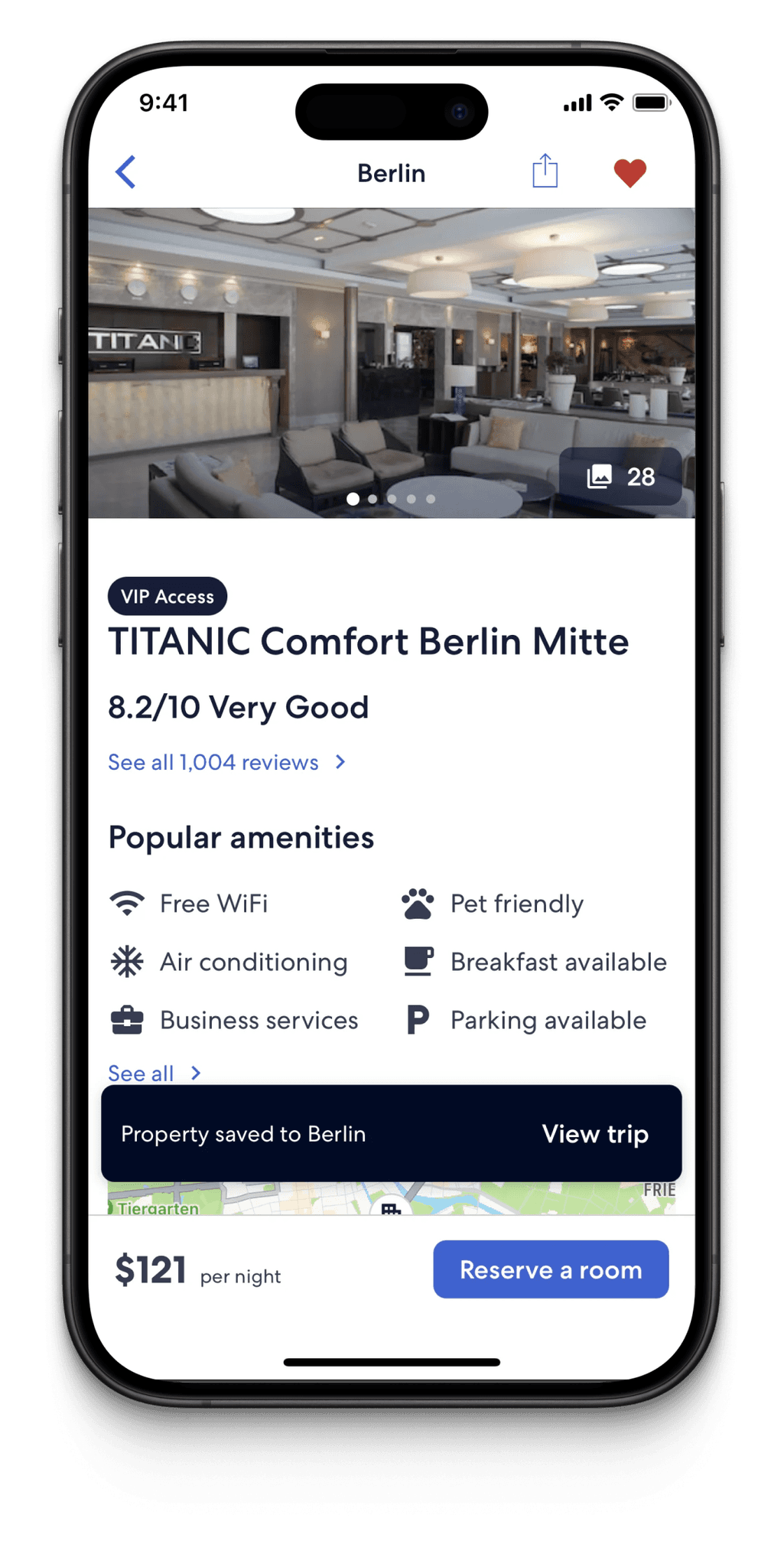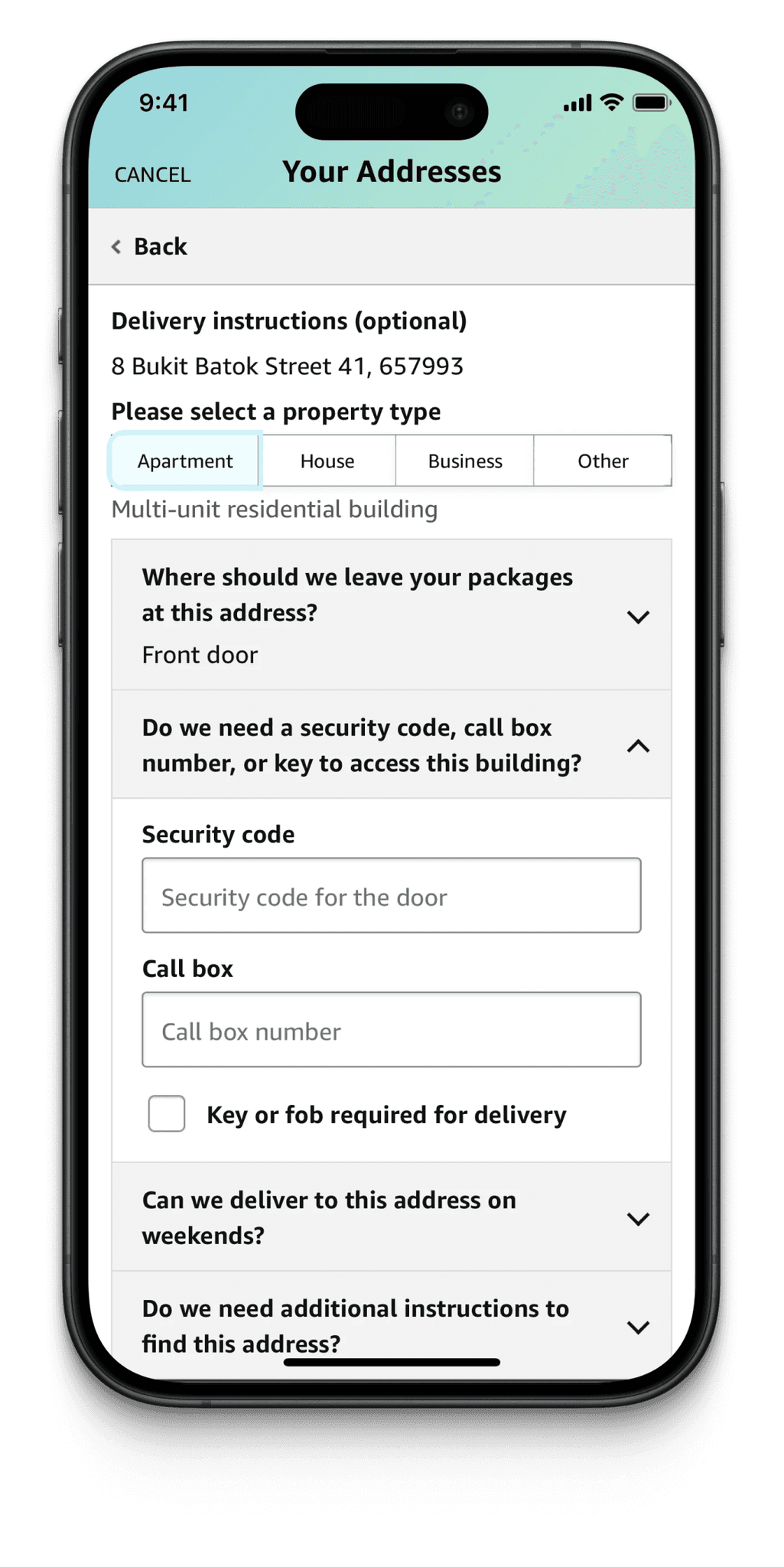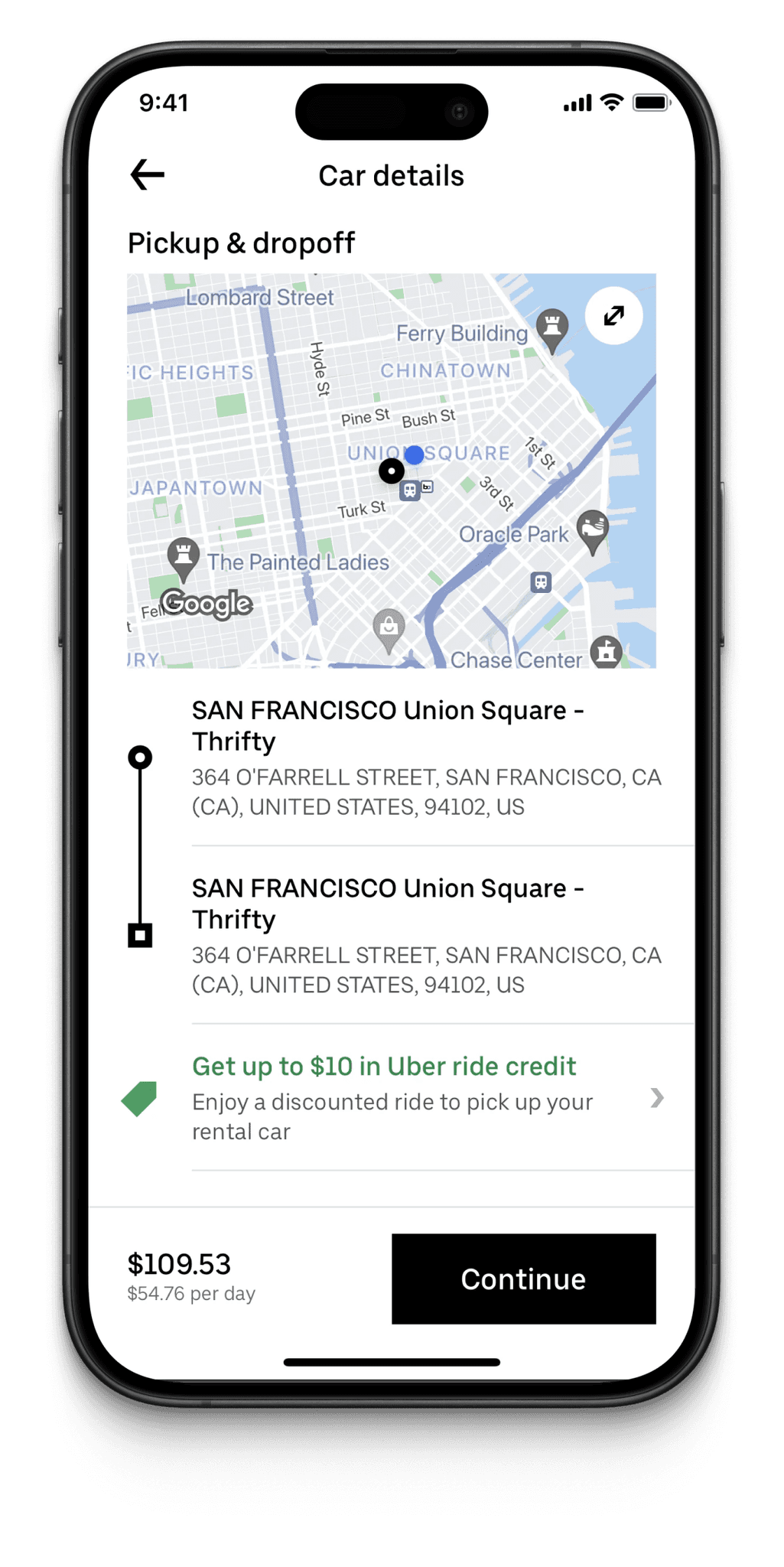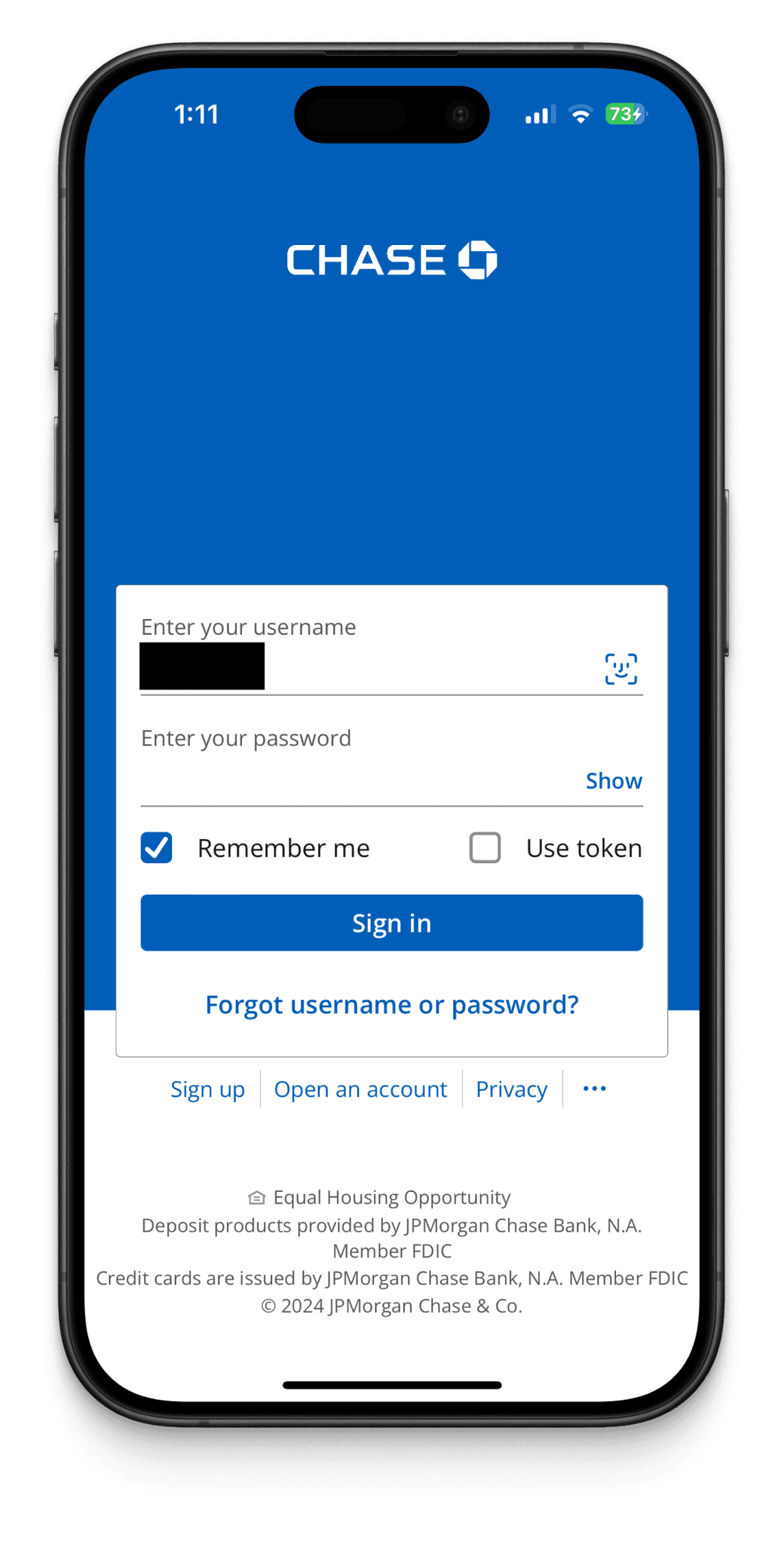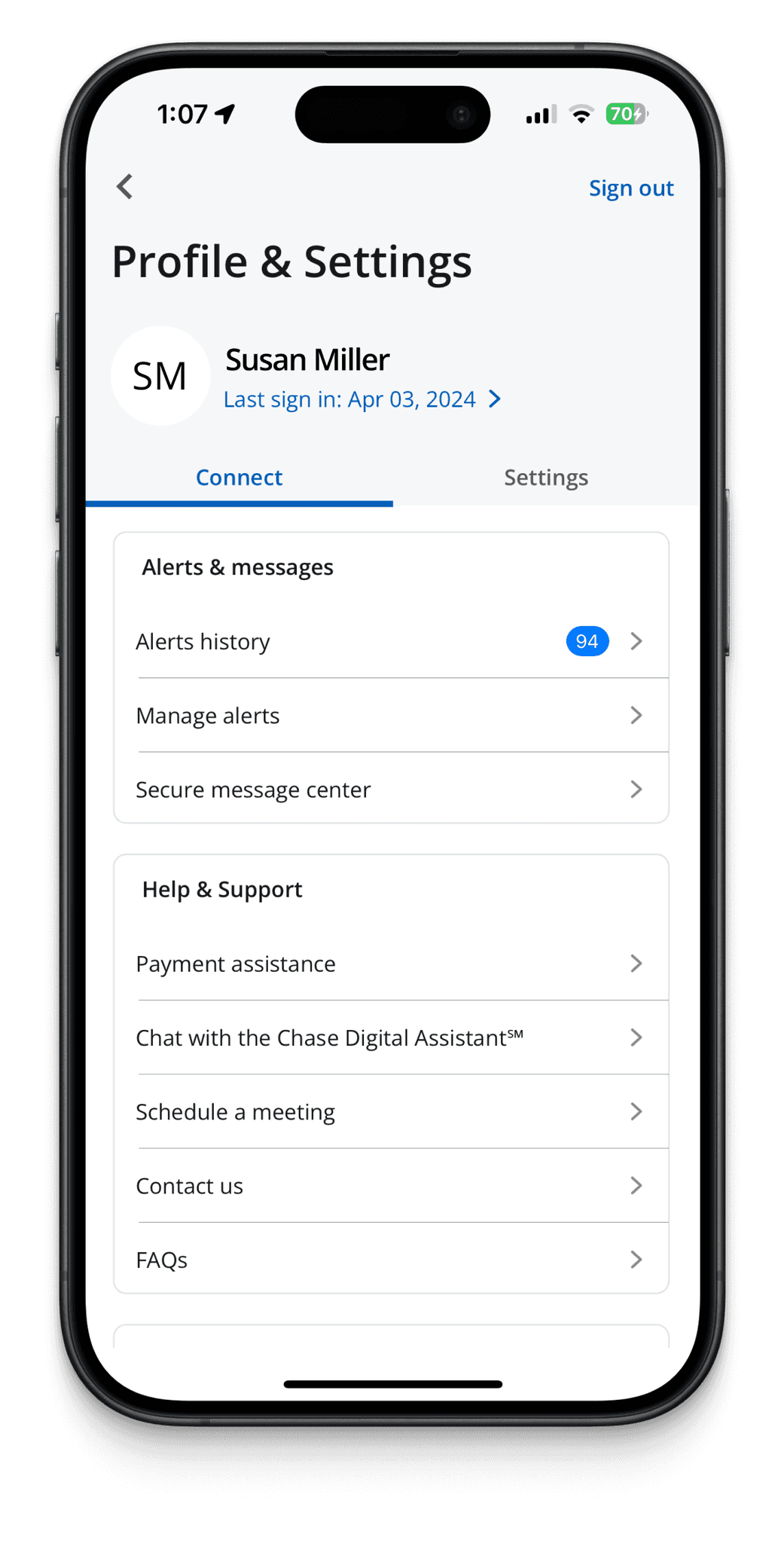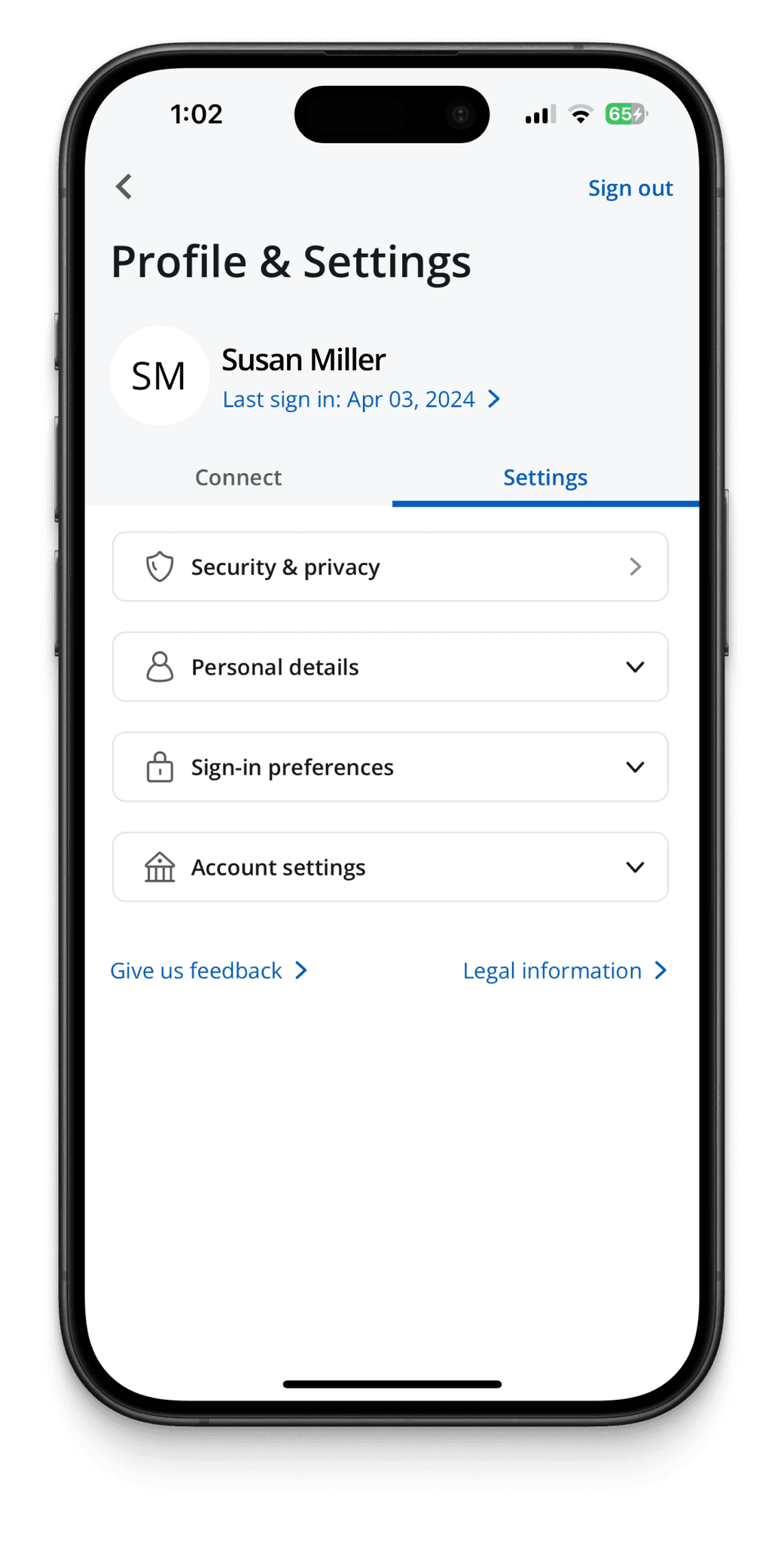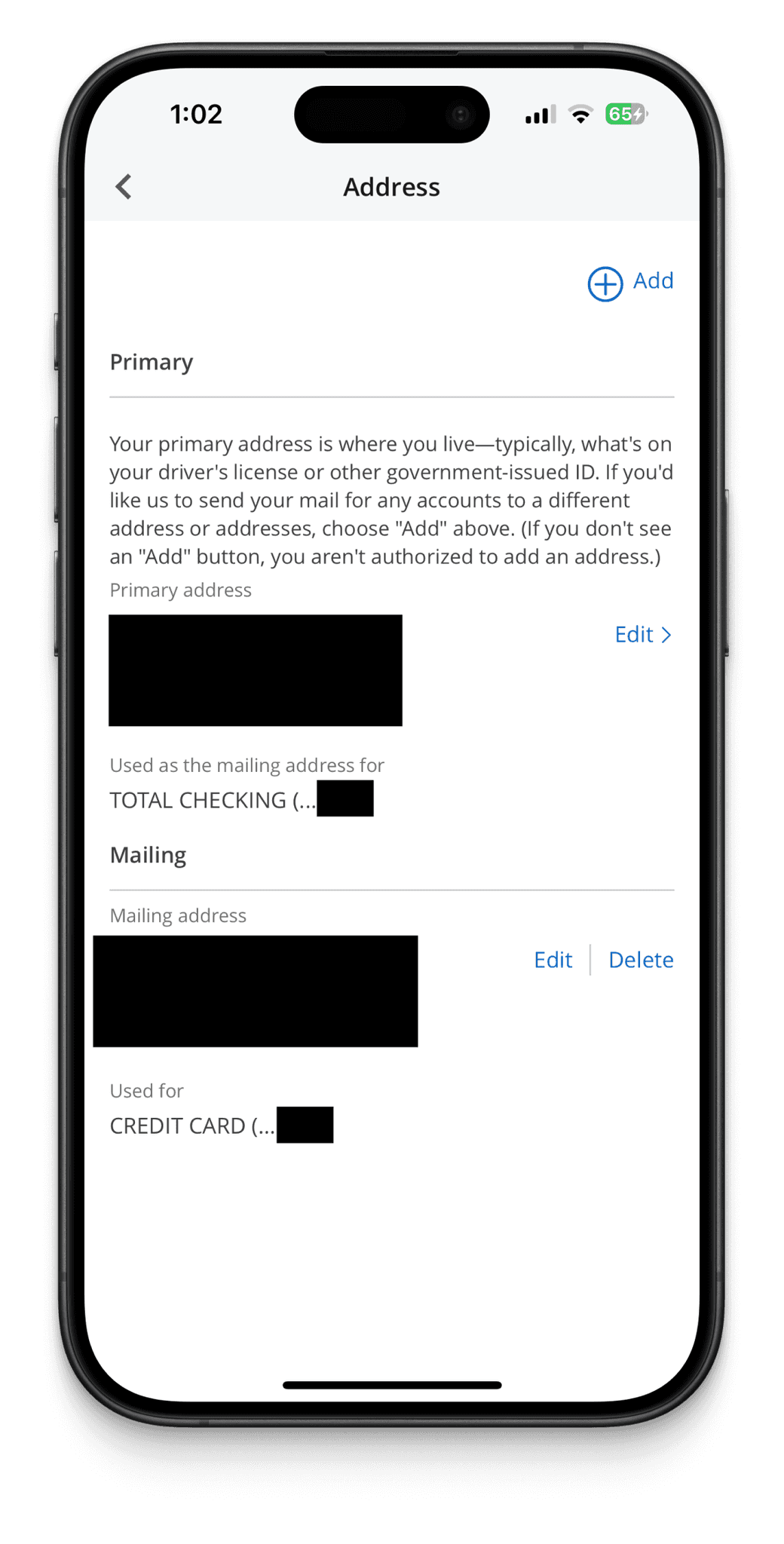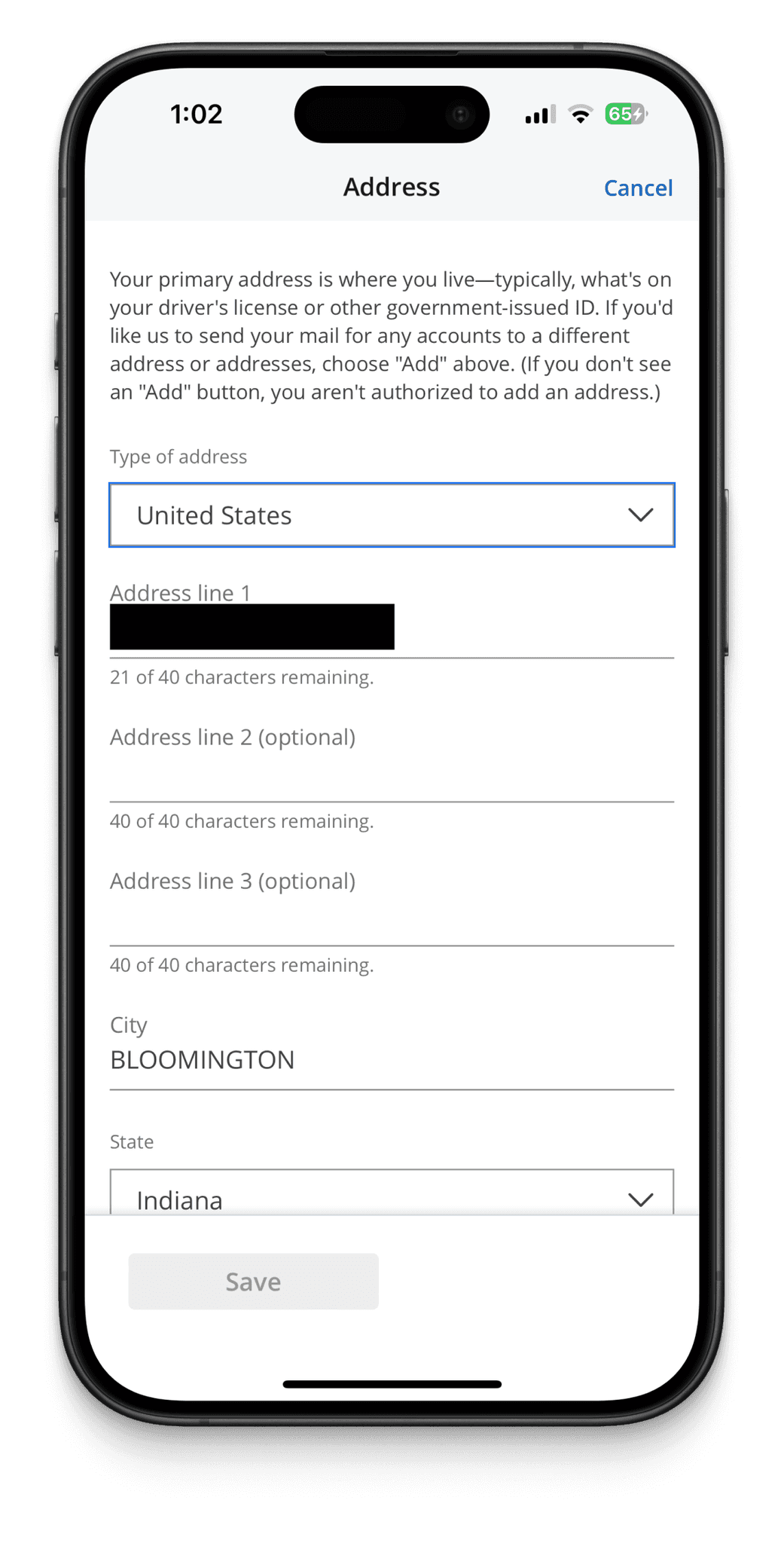Flick
Reimagining how older adults interact with technology.
Intent-Based Interfaces
Generative AI
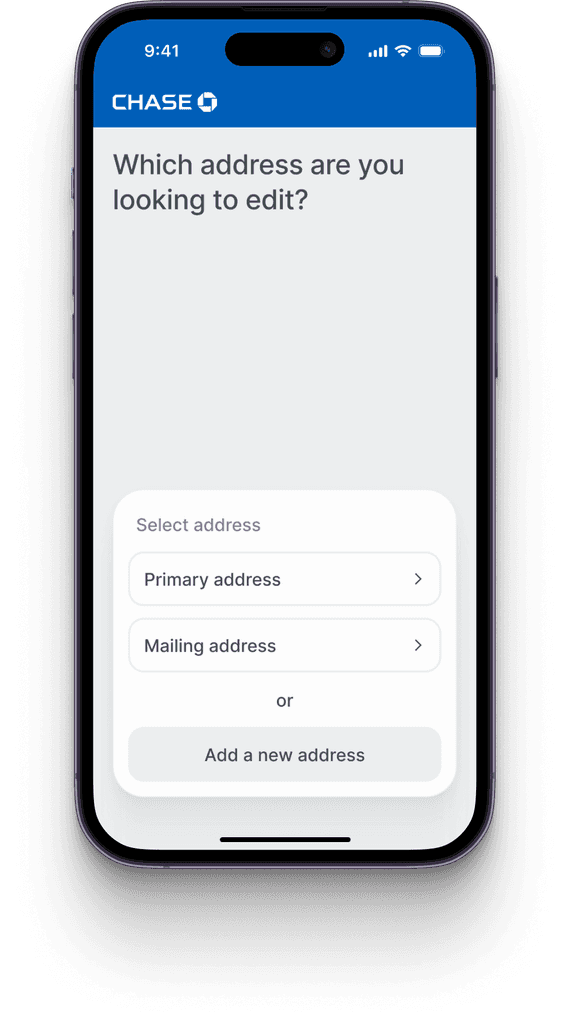
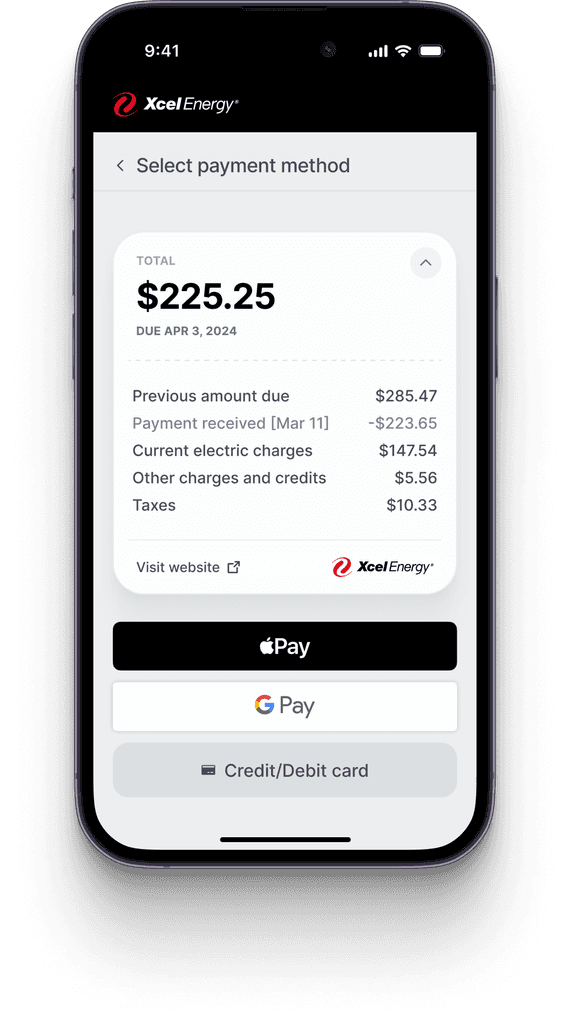
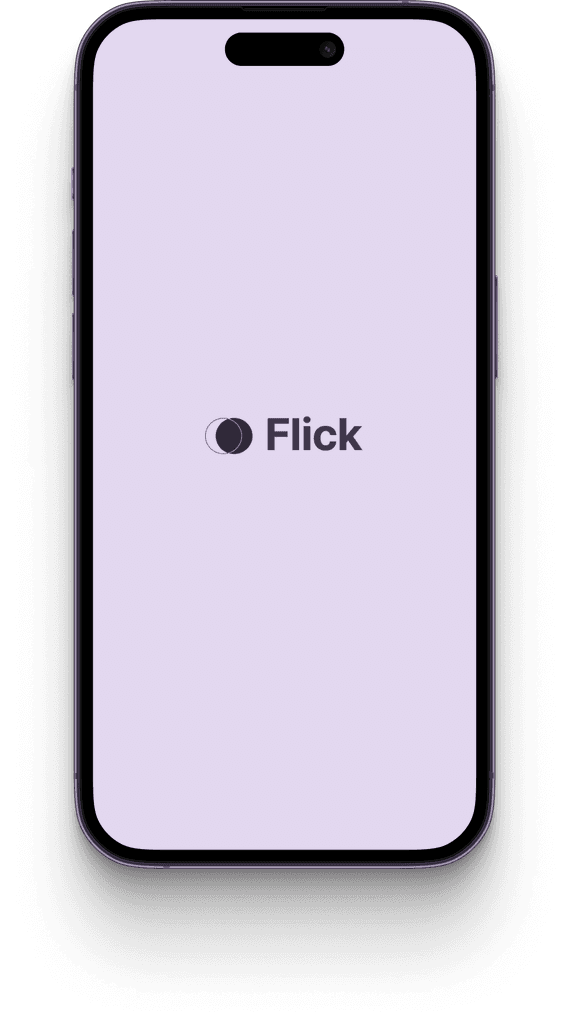
What I Did
UI Design
Prototyping / Interaction Design
Research Synthesis
Conceptualization
Background
Problem
Most current applications, despite being designed for everyone, don't cater to the specific needs of older adults i.e., Gen X (45-60 y/o).
They have a high cognitive load,
are hard to navigate,
and usually have a steep learning curve.
Current Coping Mechanisms
67% of Gen X depends on their children or trusted people for tech assistance. I'm sure we've all tried to teach our parents how to change their Gmail password or order something online. It's not always helpful.
It increases dependency and reduces self-confidence.
There's a generational gap in teaching and learning styles.
Often it's hard to help when people aren't physically close.
Another option is to seek help online. Platforms like Senior Planet and Candoo offer tech support for older adults, but fall short.
These platforms don't accommodate different learning styles.
Not everyone wants to learn. Some just want to get their tasks done.
Ironically, these platforms are complex to use themselves.
Goal
To empower older adults to use technology effectively and independently without having to learn it. After all, technology should adapt to the users instead of expecting them to adapt to it.
Solution
Flick—a task-completion app that creates easy-to-use interfaces by prioritizing and presenting the information that is most relevant to the user's current task or context.
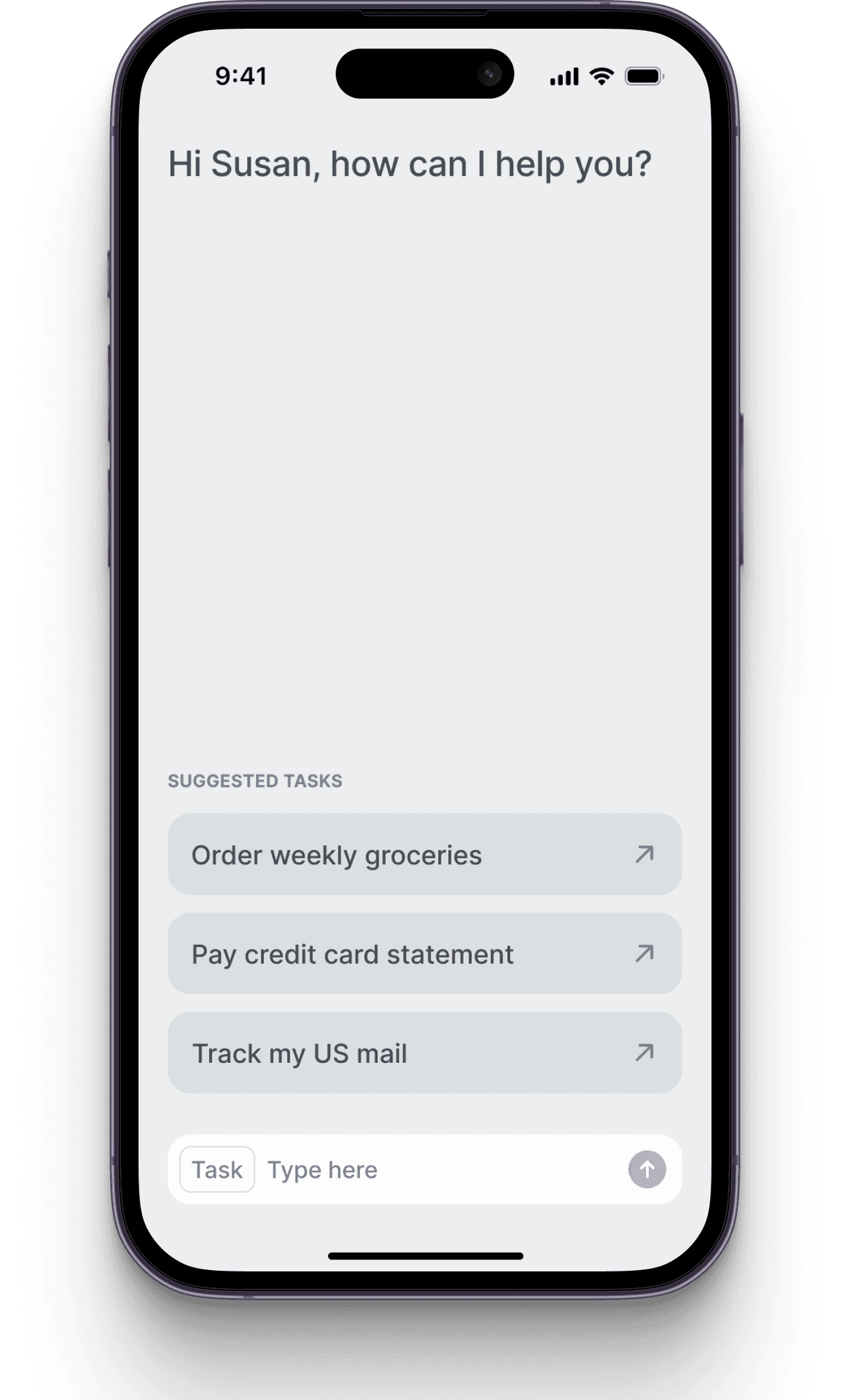

Let’s take Susan's example to understand how Flick works.

Susan is a single mother in her mid-50s. She values her independence but isn't very comfortable with technology. Recently, she moved into a new apartment and decides to change her address with Chase.
Before
Had Susan used the Chase app on her phone, she would have had to pass through several navigation hurdles and overwhelming screens just to finally change her primary address.
After
These are all her steps using Flick—no navigation needed.
Key Parts of the Solution
Flick lets users enter a task in their own words and recognizes the actionable parameters.
Why type when you can speak? Wouldn't that be easier?
Research revealed that most people are uncomfortable speaking aloud about their actions when others are nearby, which is often the case. It's a major invasion of their privacy.
To minimize errors and generate relevant interfaces, Flick asks follow-up questions to refine the initial task prompt.
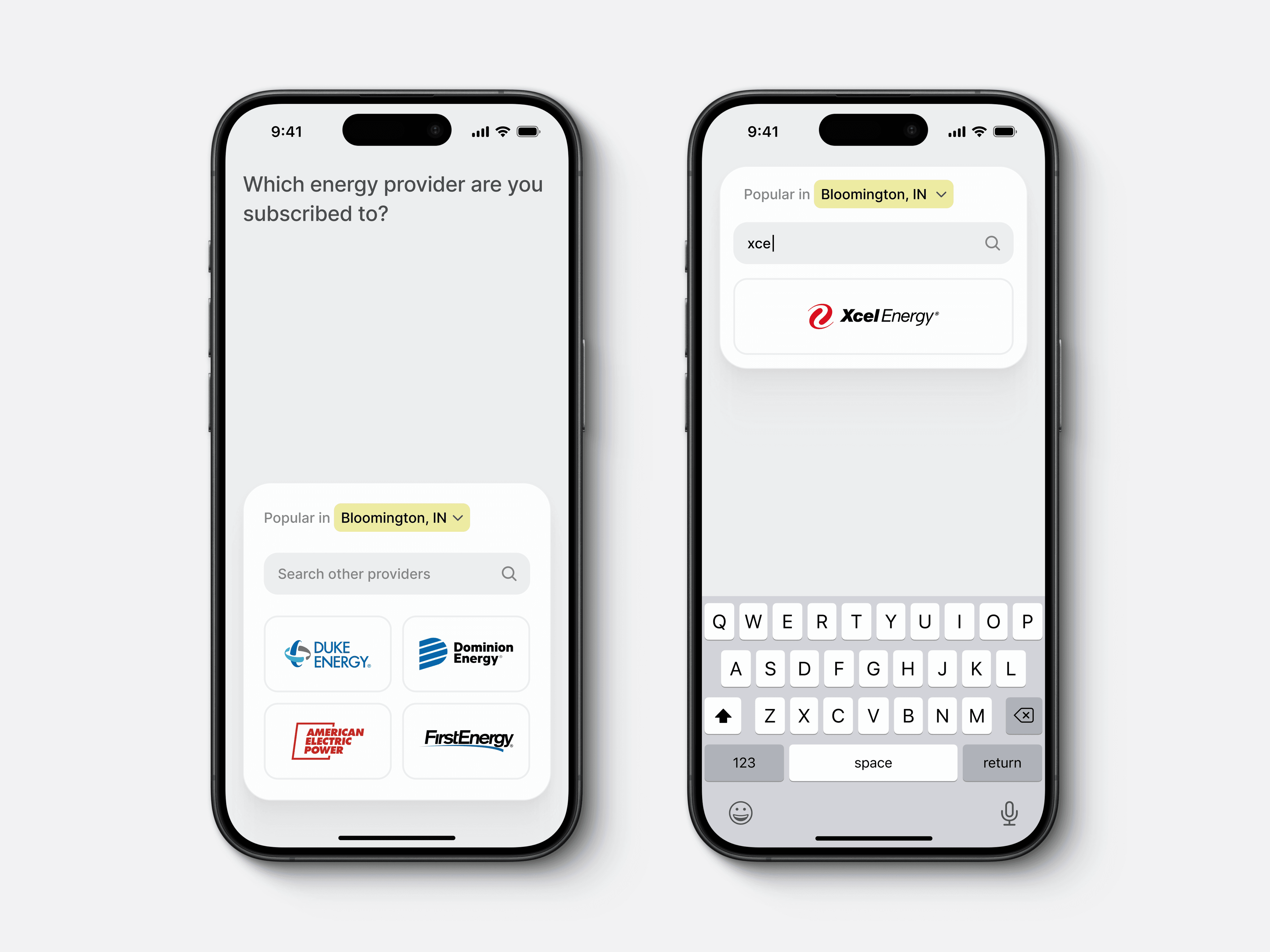
Primary actions on each screen are placed in the 'green' zone for maximum reachability.

Users control important privacy choices that can't be reversed.
Flick bypasses navigation hurdles and eliminates redundancies, directly presenting the users with task pertinent information.
Long scrolls (e.g., payment flow) are broken into smaller, focused pages.
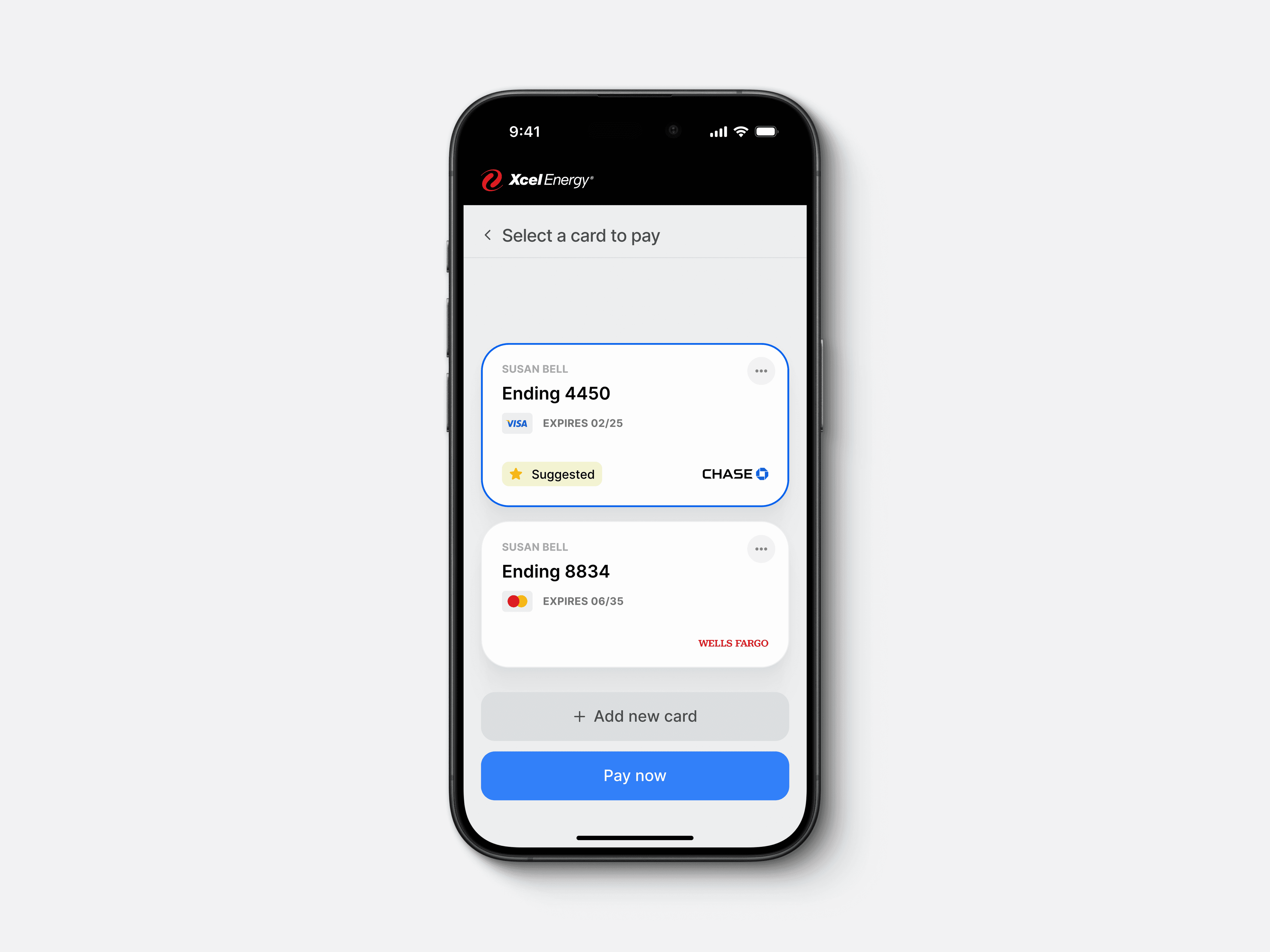
Testing Insights
We performed task-based testing with Gen X individuals and gathered several actionable insights.
Onboarding older adults on the app is an unaddressed issue.
The application can be scoped down to included specific task types and services.
Privacy concerns with AI still prevail.
Users need options to correct mistakes or change course mid-task.
Current Stage

